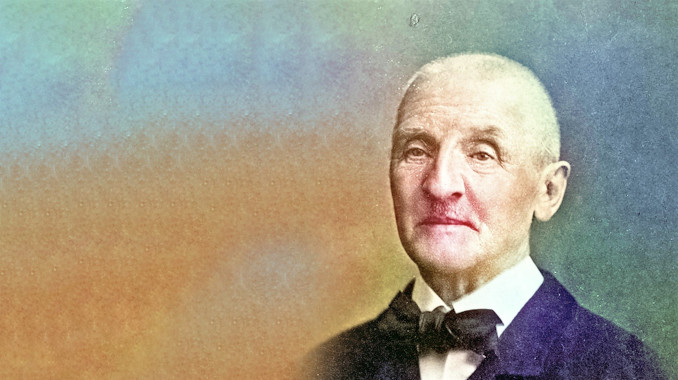
Austrian symphonic and religious composer Anton Bruckner (1824-1896) was one of the profound innovators of the classic symphony and a musical genius who, according to many scholars, is still not fully appreciated today. There is something in his symphonic dramatization that fascinates and surprises through the unique combination of modern polyphonic and atonal elements with traditional musical narrative, all of which is, at the same time, permeated by profound purity and piety.
Every year in September, the Bruckner Festival in Linz, Austria begins with what has come to be called a “Sound Cloud” of classical music with electronic light shows transporting orchestral and electronic sounds over the city. The very first Sound Cloud 45 years ago had Bruckner’s Eighth as its central piece. 2024 celebrates the 200th anniversary of Bruckner’s birth.
The Eighth Symphony is nothing less than breathtaking.
If you are new to Bruckner, you are in for an experience. Some called the Eighth Symphony “apocalyptic,” and it can certainly transport the listener into soundscapes of transformation and even divine transcendence. Bruckner himself described his Eighth as a “mystery.”
We have chosen a recording of Bruckner’s Eighth that does not show the orchestra, even though we usually prefer live views of performing musical artists. However, we anticipate that the listener will naturally be completely captured by this dramatic music and will have no time or focus to watch the orchestra. This 1975 recording by the Berlin Philharmonic under the direction of Herbert von Karajan is, according to many critics, among the best renderings of this symphony.
If possible, listen with headphones.

Source: Wikipedia
Related:
Anton Bruckner – Symphony No. 8 (Wikipedia)
Karajan’s interpretations of Bruckner’s symphonies

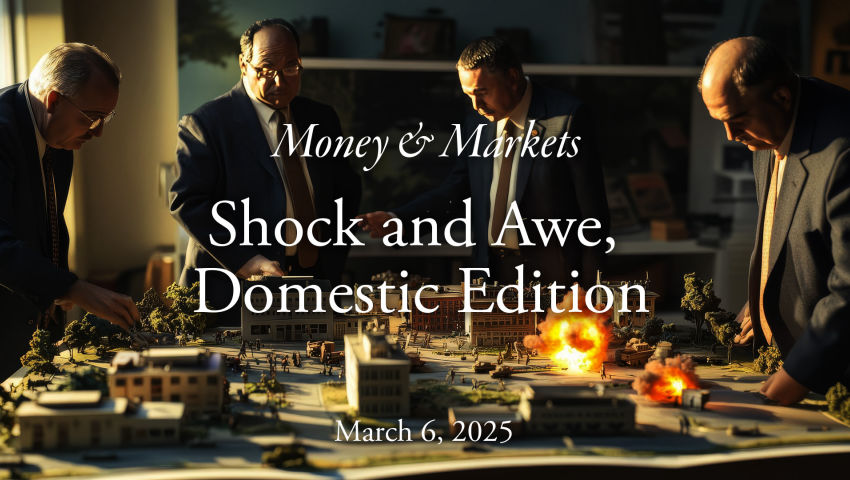
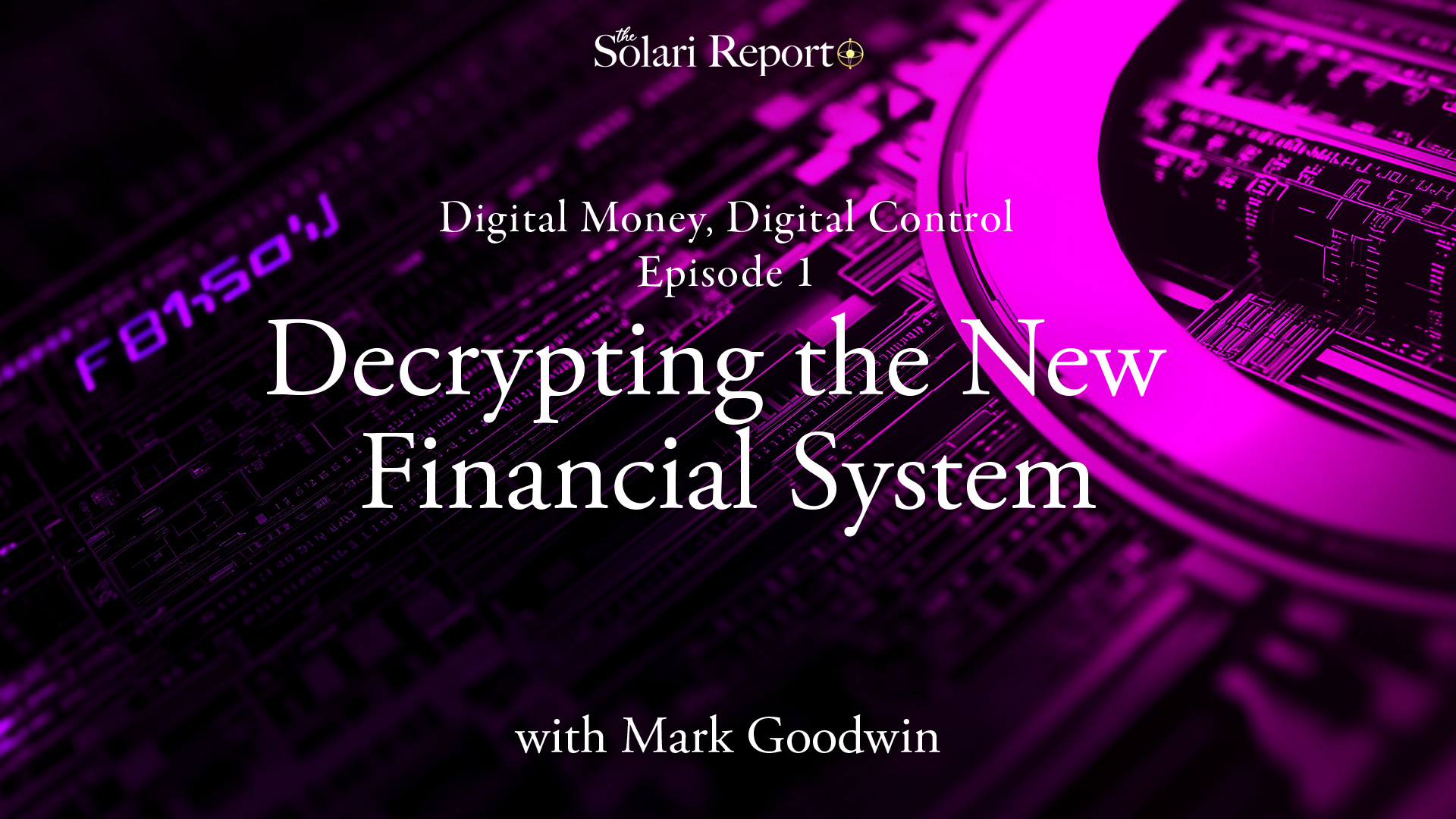




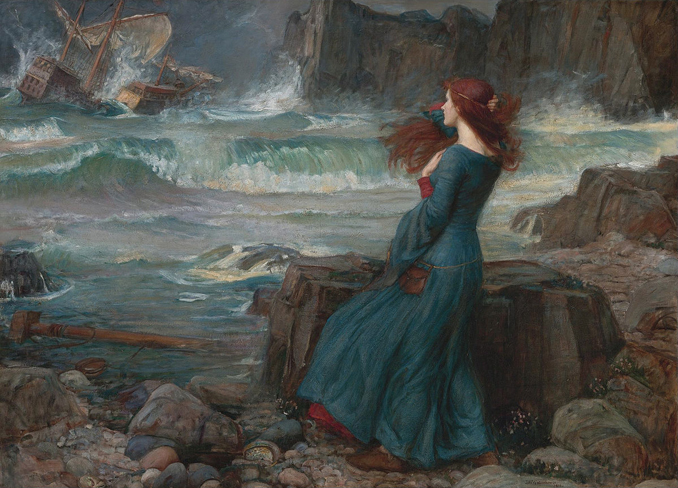
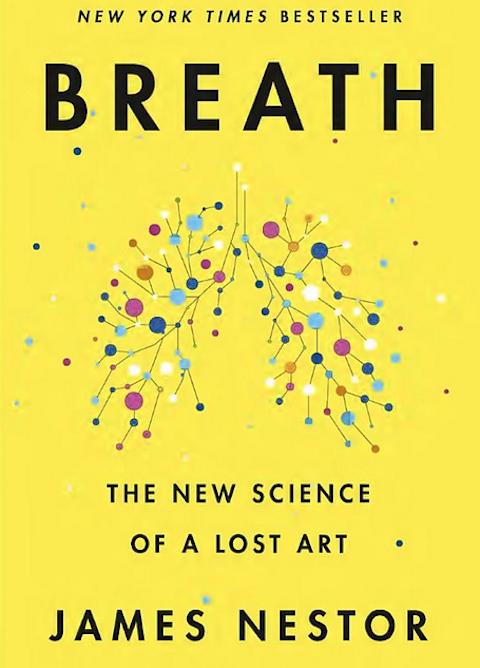
I loved the clarity of instrumentals and melding of all together. Before even finishing this, I tried to find a CD version, and discovered the 1975 recordings I could find were only on LP. Now I know why audiophiles debate the merits of sound quality on each media! Alas, I do not still have a record player. I will devote the evening to finishing to the whole lovely Symphony No 8 on Solari!
Thank you for posting. Bruckner is a greatly underappreciated composer whose works have deep spiritual depth. Part of the difficulty with Bruckner is that his works are deeply moving when interpreted with spiritual depth but often hollow and flat otherwise; with Bruckner, it is critical to have a serious, spiritually oriented conductor, not a showman conducting. I had the very good fortune of being able to attend performances of Bruckner’s 4th and 7th symphonies with the Minnesota Orchestra under the director of their conductor emeritus Stanislaw Skrowaczewski, one of the best interpreters of Bruckner of our era, in the mid-2010s at the height of the Minnesota Orchestra and shortly before Skorwaczewski’s passing. These two concerts rank among the most deeply moving performances that I have ever experienced. Listeners interested in exploring Bruckner should listen to the the Te Deum and the symphonies. The Karajan versions of the Bruckner symphonies are good, but the recordings of the Bruckner symphonies by Sergio Celibidache and the Munich Philharmonic are arguably better. Also noteworthy is Bruckner Symphony 4 with Osmo Vanska and Bruckner Symphony 9 with Stanislaw Skrowaczewski, both with the Minnesota Orchestra.
Catherine,
You MUST know that Bruckner was considered to be the greatest organist who lived after Bach. He left us only 5 organ compositions, but his improvisations are legendary.
His only request was to be buried under the organ at St. Florian near Linz. His favourite composition was his Te Deum and his a capella motets are stunning.
I must admit reading this comment brought tears to my eyes. It’s a beautiful edification of Bruckner’s sheer human creativity and love of high art. Thanks for saying it, Elisabeth.